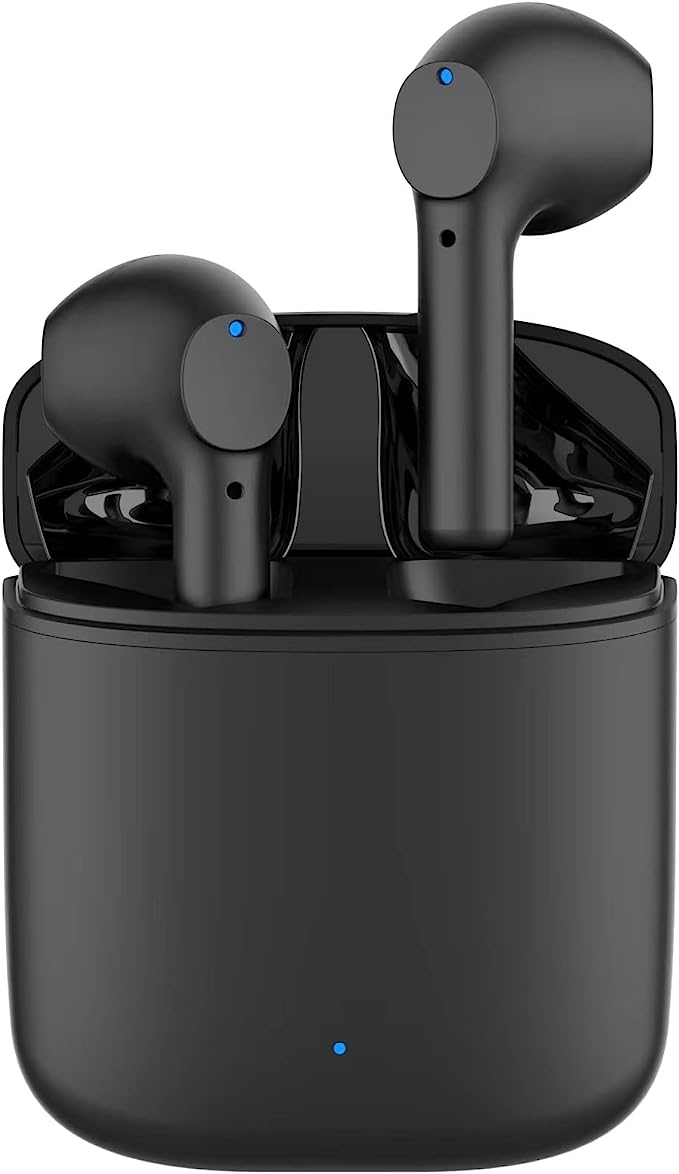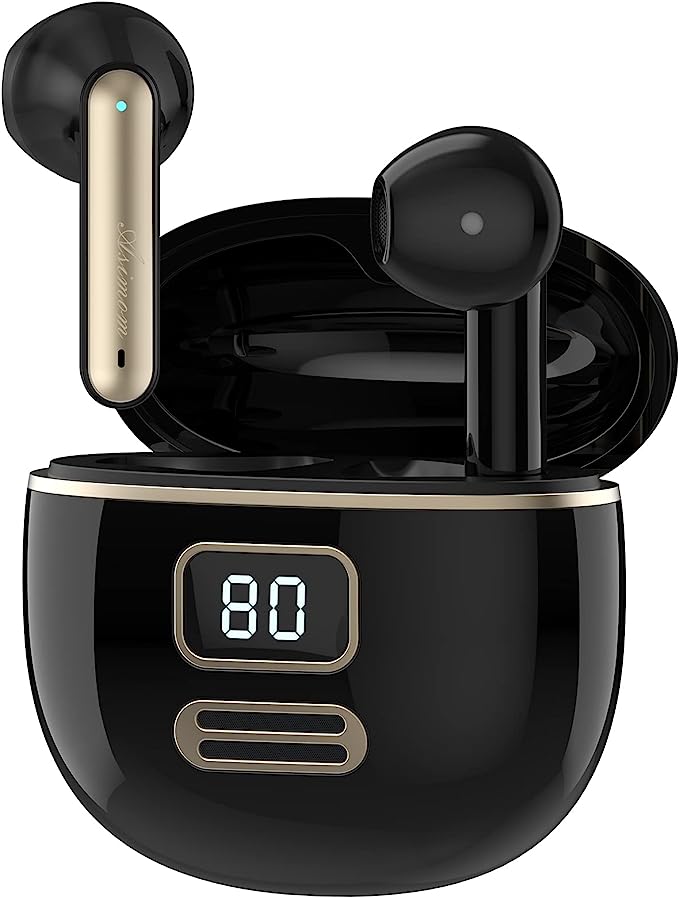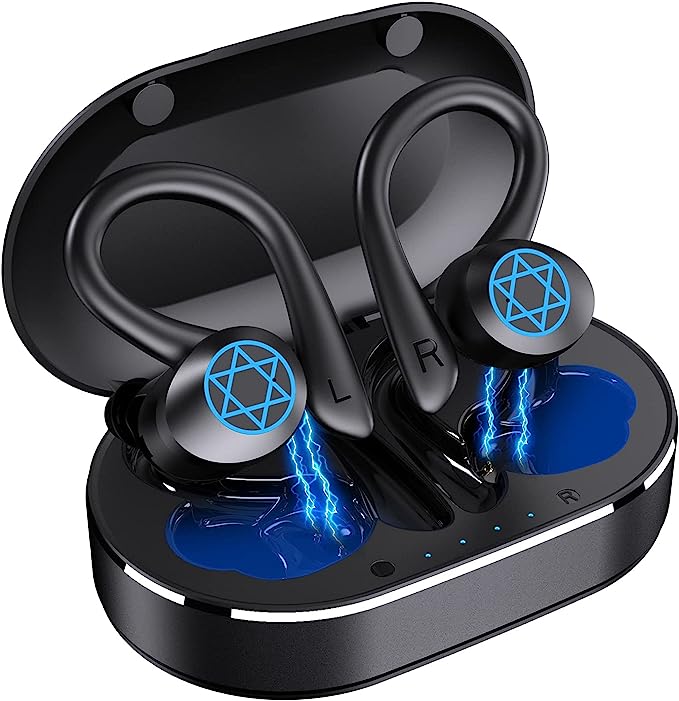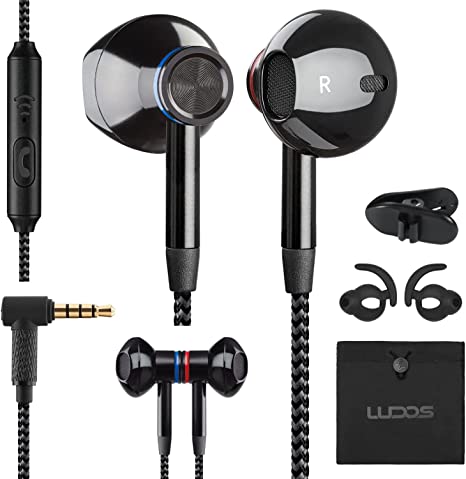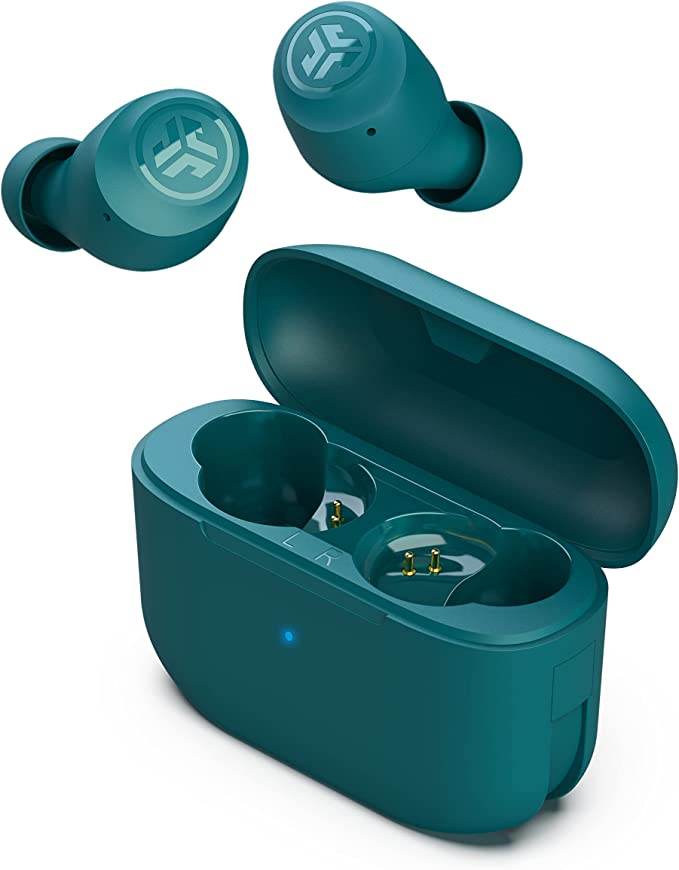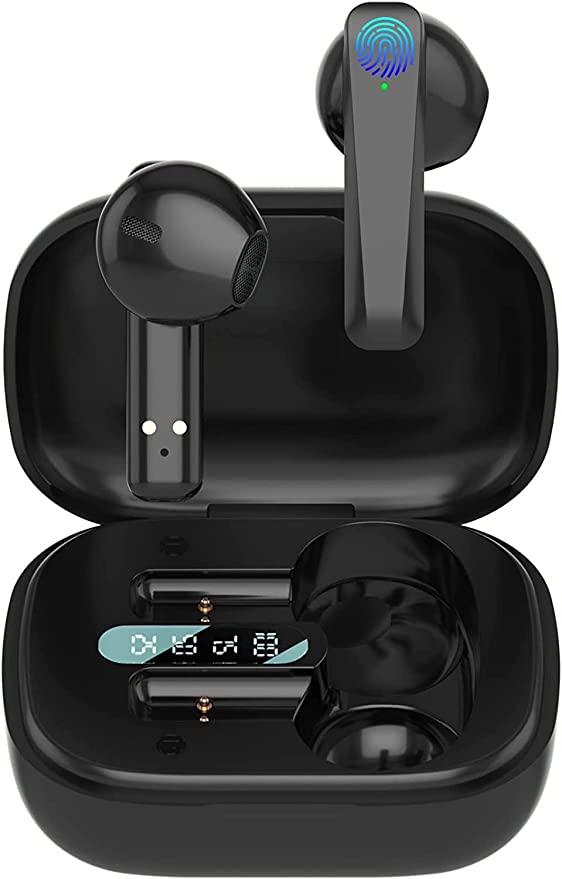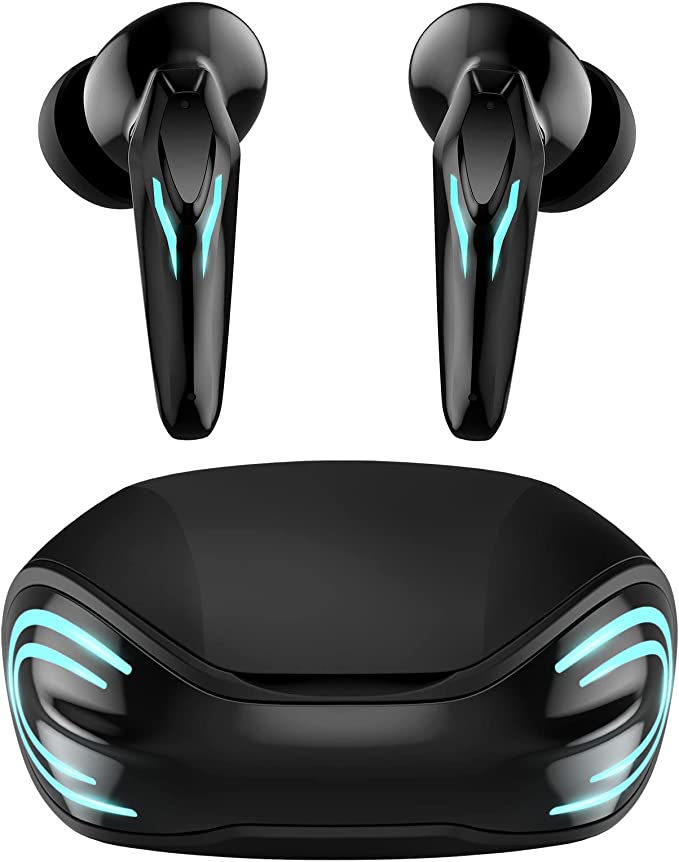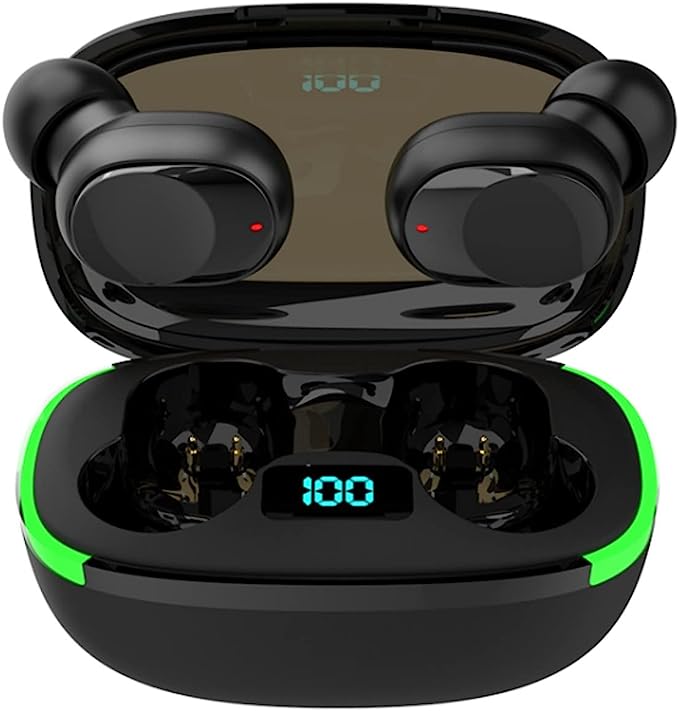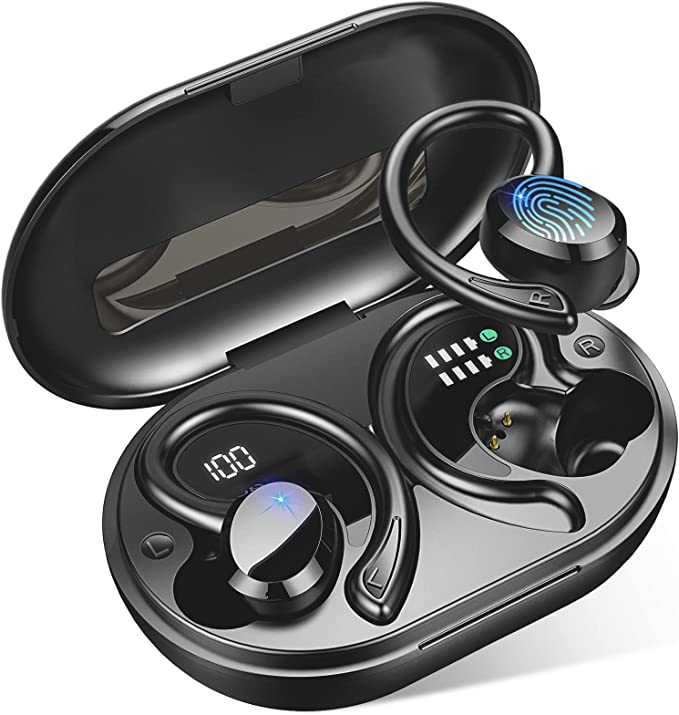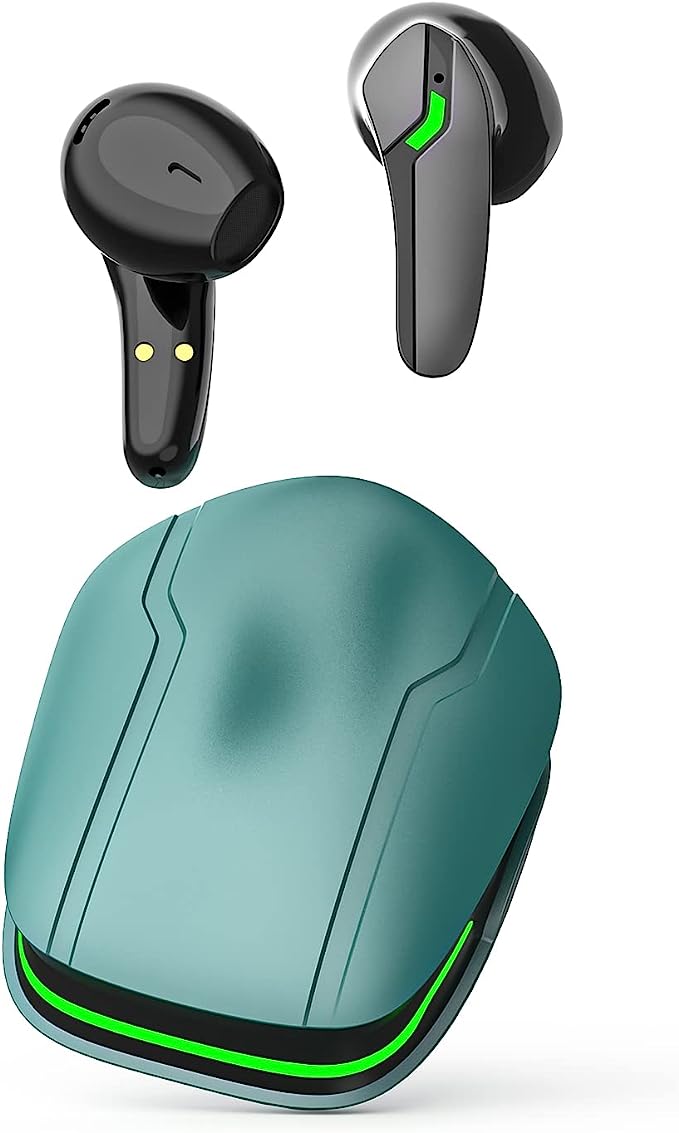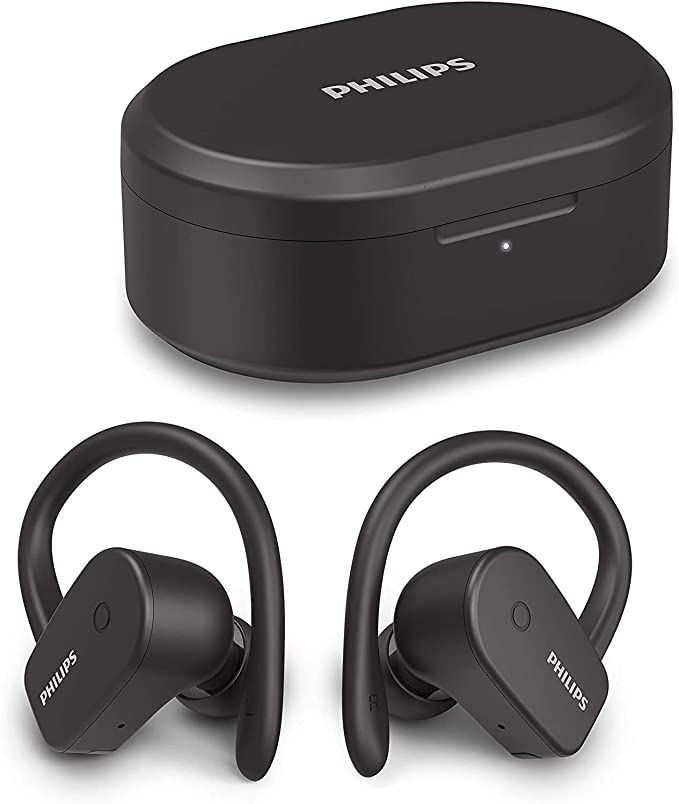The Anatomy of a $50 Miracle: How to Decode Wireless Earbud Specs and Find True Value
Update on Nov. 14, 2025, 5:15 p.m.
Shopping for affordable wireless earbuds can feel like navigating a minefield. You’re confronted with a wall of cryptic numbers and acronyms: Bluetooth 5.1, 10mm drivers, IPX5, 35H playtime. These specifications are meant to signify quality, yet they often create more confusion than clarity. How do you separate genuine value from marketing fluff?
Instead of another top-ten list, this is an anatomy lesson. We will dissect a representative example of a modern, affordable earbud—the AMZANE K8—not to review it, but to use it as a blueprint. By the end, you won’t just know about one product; you’ll have the knowledge to critically evaluate any budget-friendly earbud on the market.

The Invisible Foundation: What Bluetooth 5.1 Actually Means for You
Before any sound is produced, an invisible link must be established. The K8 model utilizes Bluetooth 5.1, a specification that product pages often claim makes the signal “more stable.” While true, this undersells the sophisticated technology at play.
Imagine the air around you as a bustling highway with dozens of radio frequency lanes. Bluetooth employs a technique called Frequency-Hopping Spread Spectrum (FHSS), which means your phone and earbuds aren’t just communicating on one fixed lane. Instead, they execute a coordinated “dance,” hopping across 79 different lanes up to 1,600 times per second. This constant movement makes the connection incredibly resilient to interference from Wi-Fi routers, microwaves, and other Bluetooth devices.
The “5.1” standard refines this process. It introduces Angle of Arrival (AoA) and Angle of Departure (AoD) direction-finding features, allowing for more precise location tracking, but for audio purposes, its main benefit is enhanced caching. This makes connections quicker and more energy-efficient. For the user, this translates to a faster, more reliable pairing experience and less battery drain, ensuring your connection remains solid even in crowded environments like a gym or coffee shop. This invisible, pulsating link is the foundational marvel of any wireless experience.

The Power Core: Deconstructing Battery Life and Charging Claims
A wireless device is only as useful as its power source. The promise of 35 hours of total playtime on a device this small is a modern engineering feat, built on the back of a technology so transformative it earned its creators the 2019 Nobel Prize in Chemistry: the lithium-ion battery.
The system is best understood as a mothership (the charging case) and explorer pods (the earbuds). The case holds the majority of the energy, while the earbuds are designed for shorter, multi-hour excursions. * Earbud Playtime: The K8 boasts up to 10 hours on a single charge. This is a crucial number, indicating how long you can listen continuously before needing to refuel. * Case Capacity: The case provides an additional 25 hours, meaning it can recharge the earbuds roughly 2.5 times. This “total playtime” figure is a measure of endurance away from a wall outlet.
A feature that adds significant value in this price tier is a clear battery indicator. The K8’s case includes a digital LED display, a simple but vital feature that eliminates the guesswork of knowing when to recharge.
Furthermore, it offers two refueling methods. The standard USB-C port is a modern, reliable connection. The inclusion of wireless charging compatibility (Qi standard) is a premium feature trickling down to more affordable devices. It operates on the principle of resonant inductive coupling, where a magnetic field from a charging pad induces a current in a coil within the case, transferring power without physical contact. It’s a prime example of a convenience feature that elevates the user experience.

The Engine of Sound: Why Drivers and Fit Outweigh Brand Hype
Ultimately, an earbud’s purpose is to convert a digital signal into an emotional experience through sound. The key components in this process are the drivers and the eartips.
The K8 specifies 10mm dynamic drivers. Think of a driver as a miniature speaker piston. It vibrates rapidly, creating the pressure waves that your ear interprets as sound. In general, a larger driver can move more air, which often translates to a more powerful and present low-end (bass). While driver size isn’t the only factor in sound quality—tuning and materials also play a huge role—a 10mm driver in this category is a solid specification, capable of producing the full-bodied sound noted in many user reviews.
However, the most critical and often overlooked component is the silicone ear tip. Its function is twofold: comfort and acoustics. It must create a perfect seal in your ear canal. This seal is the architecture of your personal listening space. Without a proper seal, low-frequency sound waves escape, resulting in a thin, tinny sound devoid of bass. By including multiple eartip sizes, manufacturers empower you to act as your own audio engineer, finding the fit that delivers both long-term comfort and the best possible acoustic performance.

Built for the Real World: Decoding Durability and Design Compromises
A portable device must be built to withstand daily life. The IPX5 rating is its environmental shield. Governed by the International Electrotechnical Commission (IEC), this code provides a clear measure of water resistance. * The ‘X’ indicates the device has not been rated for dust ingress. * The ‘5’ certifies it can resist a sustained, low-pressure water jet spray.
In practical terms, this means the earbuds are protected from sweat during a workout or getting caught in light rain. They are not, however, designed to be submerged in water. Understanding this distinction is key to ensuring the longevity of your device.

Of course, creating an affordable product is an exercise in strategic compromise. While core electronics have become incredibly inexpensive, physical construction is where costs are often managed. User feedback for many budget products often points to this. For example, comments about a case lid breaking after a few months, while the electronics remain functional, highlight that savings were likely made in the choice of plastics and hinge mechanisms. Similarly, complaints about non-intuitive touch controls point to compromises in user interface development, a challenge even for premium brands. Recognizing these potential trade-offs—solid electronics paired with less robust physical construction—is a hallmark of a savvy budget tech buyer.

Conclusion: The Democratization of Technology
Deconstructed, an affordable earbud like the AMZANE K8 reveals itself to be a marvel of modern manufacturing and technological inheritance. It stands on the shoulders of Nobel Prize-winning battery chemistry, global communication standards, and the principles of acoustic physics.
The true miracle is not the technology itself, but its accessibility. The fact that a robust suite of features—stable wireless connectivity, long battery life, decent sound, and durability—can be delivered at such a low price point represents the democratization of innovation. The next time you browse for earbuds, look past the brand and the marketing. By understanding the meaning behind the specifications, you empower yourself to find the true value—the product that delivers the core experience you need, with compromises you can accept, at a price you can afford.

